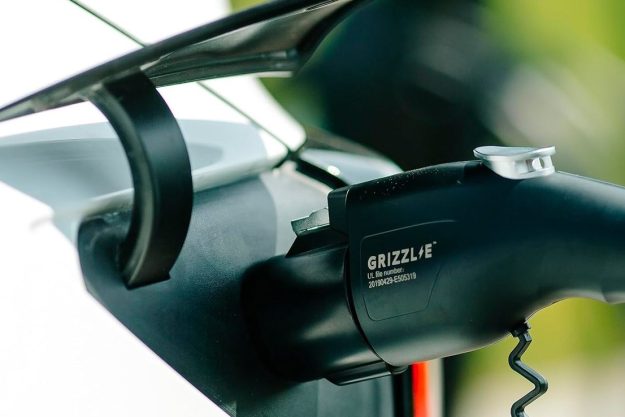In other words, the kid from Oakland, California that’s “just ’bout that action, boss” has a sizable amount of money squirreled away and, now that he’s officially (probably) retired, can relax in style. Right? Well, it’s not exactly that straightforward.
Just last week, Mistah F.A.B. — aka Marshawn Lynch’s rap icon cousin — took to several morning radio shows to not only promote his upcoming album Son of a Pimp 2 but to jokingly reference Lynch as a “cheap ass hoe.” Speaking on XXL’s Ante Up podcast on May 25, F.A.B. praised his cousin as one of the best running backs the NFL has ever seen, but also corroborated Rapaport’s story about Lynch not spending a dime of his money earned from playing football.
“He lives like he broke,” Mistah F.A.B. said during the podcast. “He still live like, ‘hey cuz, let me get like $10.’ ‘Ooh, $10? I don’t got it right now. How much is them? Ooh, $40? Nah, let me get the $15 ones.’ That’s how he is.”
Of course, F.A.B. was merely poking fun at his cousin for being a “cheap ass” but after spending a day with Lynch for our upcoming 2016 Car Awards, the man himself supported the notion that he lives rather modestly. When prompted with the question about what kind of car he currently drives, Lynch strayed from spotlighting his now famous white Lamborghini and instead opted to acknowledge his 1986 Honda Civic and recently acquired Toyota Prius.
“But look, I’ma tell you like this, from the Honda Civic I stepped my game up to the Toyota Prius; I’m going green,” Lynch told 503 Motoring‘s Tim Walbridge. “It’s comfortable. It’s fashionable. And you know, when I’m just at home just bored a little bit… I put my Uber sticker in the front and I go and I Uber around the city.”
You read that right. When Lynch is feeling bored at home, he fires up his Uber app and makes a little extra dough — because, you know, he’s thrifty. So while many an athlete chooses to live lavishly over properly investing their money, Marshawn Lynch continues to enjoy an extremely frugal lifestyle despite the supposed tens of millions of dollars sitting in his bank account.
Who knows, perhaps next time you need a lift it’ll be Beast Mode rolling up in his Prius to take you and your friends downtown. Just don’t forget to tip the man — after all, he’s just trying to make a living like everyone else.




